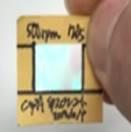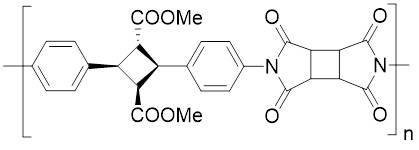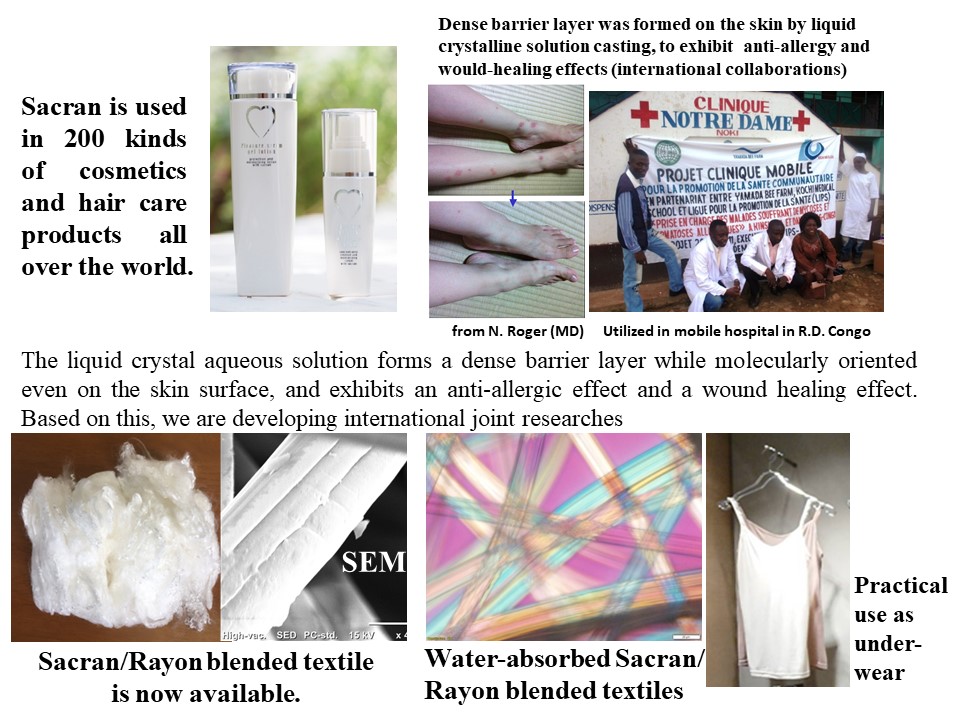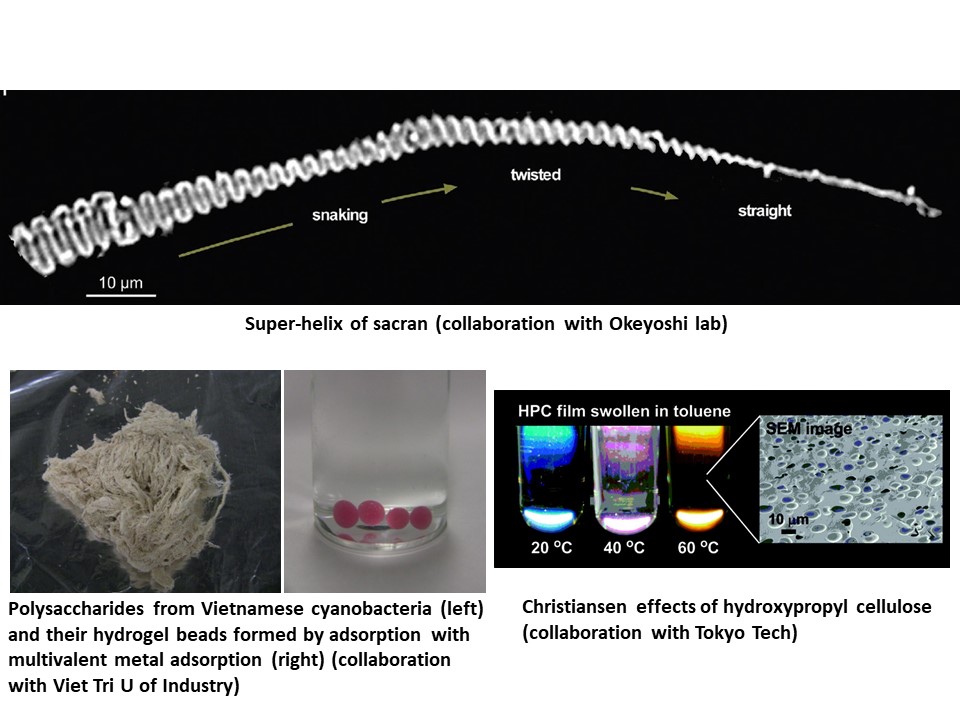In Kaneko lab, a new “Biomass Science” is made to change the characters of natural molecules into the advantage of biomaterials, as follows.
Bio-based polymers
Polymeric materials are composed of macromolecular strings and have the quality to last long, unlikely with low-molecular-weight compounds. Here we aim to establish a method of highly-efficient carbon-stock which is a next-generation low-carbonization, and then develop the biomass polymer materials with the long-range durability from renewable resources prepared via carbon-dioxide fixation.
Bio-nylons with stimuli-responsive degradation
~aiming to development of ocean-degradable bioplastics~
(Projects: Moonshot, ERCA, Challenging Exploratory Research (KAKENHI))


It was found for bio-nylons dissolved in water by UV-A or -B irradiation included in sun-light, which suggest that their resins should degrade with softening under bright sun-light in ocean.
Superhigh thermoresistance bioplastics
~the highest heat resistance in record~
(Projects: SIP2(NARO), CREST, Scientific Research B (KAKENHI))

New concept of molecular design to enhance hydrogen bonding by overcoming drawbacks of PBI resonance effects. Successful development of film with Td10 of 745 oC.

High-performance transparent resin having molecular-spring structure(Projects: ALCA, COI, Scientific Research B (KAKENHI))

Bio-produced by Tsukuba U and Kobe U.




designed in Kaneko lab.
Inorganic glass substitution for lightweight automobiles

Bio-based films having photo-mechanical functions
(Projects: Young NEDO, KAKENHI, various private funds)

Cyanobacterial engineering
Cyanobacterium is one of photosynthetic microorganism fixing CO2 from the atmosphere and giving out O2, and is a prokaryote which has occurred on earth for billions of years. Furthermore, many species of cyanobacteria exist in diversified environment where other organisms do not survive, and it is thought that the metabolite produced by cyanobacteria makes a strong contribution to this adjustability. Then we speculated that substances produced by cyanobacteria must have a special feature and show attractive power as functional materials, that is, these ones will be useful biomass. We will develop them on a grand scale as one of the next generation functional material, and aim to contribute build-up for materials with low environmental loads.
Functionalization of Sacran, Aphanothece sacrum polysaccharide
(Projects: Young NEDO, Challenging Exploratory Research (KAKENHI))

Application of Sacran
(Projects: A-step, Collaboration with GSM Inc.)

Biopolymers as polycondensation polymers
(collaboration with Okeyoshi lab (JAIST), Tokyo Tech, Niigata U, M. Zrinyi (Semmelweis U)
A variety of biopolymers are available in the world. We found new physical phenomena by collaborating with many researchers.


